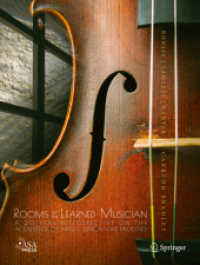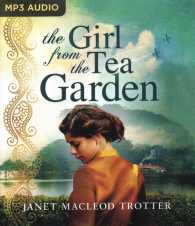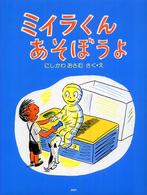- ホーム
- > 洋書
- > 英文書
- > History / World
Full Description
Ontario Boys explores the preoccupation with boyhood in Ontario during the immediate postwar period, 1945-1960. It argues that a traditional version of boyhood was being rejuvenated in response to a population fraught with uncertainty, and suffering from insecurity, instability, and gender anxiety brought on by depression-era and wartime disruptions in marital, familial, and labour relations, as well as mass migration, rapid postwar economic changes, the emergence of the Cold War, and the looming threat of atomic annihilation. In this sociopolitical and cultural context, concerned adults began to cast the fate of the postwar world onto children, in particular boys.
In the decade and a half immediately following World War II, the version of boyhood that became the ideal was one that stressed selflessness, togetherness, honesty, fearlessness, frank determination, and emotional toughness. It was thought that investing boys with this version of masculinity was essential if they were to grow into the kind of citizens capable of governing, protecting, and defending the nation, and, of course, maintaining and regulating the social order.
Drawing on a wide variety of sources, Ontario Boys demonstrates that, although girls were expected and encouraged to internalize a ""special kind"" of citizenship, as caregivers and educators of children and nurturers of men, the gendered content and language employed indicated that active public citizenship and democracy was intended for boys. An ""appropriate"" boyhood in the postwar period became, if nothing else, a metaphor for the survival of the nation.
Contents
Ontario Boys: Masculinity and the Idea of Boyhood in Postwar Ontario, 1945-1960, by Christopher J. Greig
Introduction: Approaching Boyhood in Postwar Ontario
Chapter 1: Home, Family, Citizenship: Shaping the Boyhood Ideal
Chapter 2: One for All: Teamwork and the Boyhood Ideal
Chapter 3: One above All: The Heroic Ideal in Boyhood
Chapter 4: Dissonant Ideas: Other Boyhoods
Chapter 5: Changes and Continuities: Historic and Contemporary Boyhood Ideals
Chapter 6: Conclusion: Making Ontario Boys, 1945-1960
Notes
References and Sources
Index








